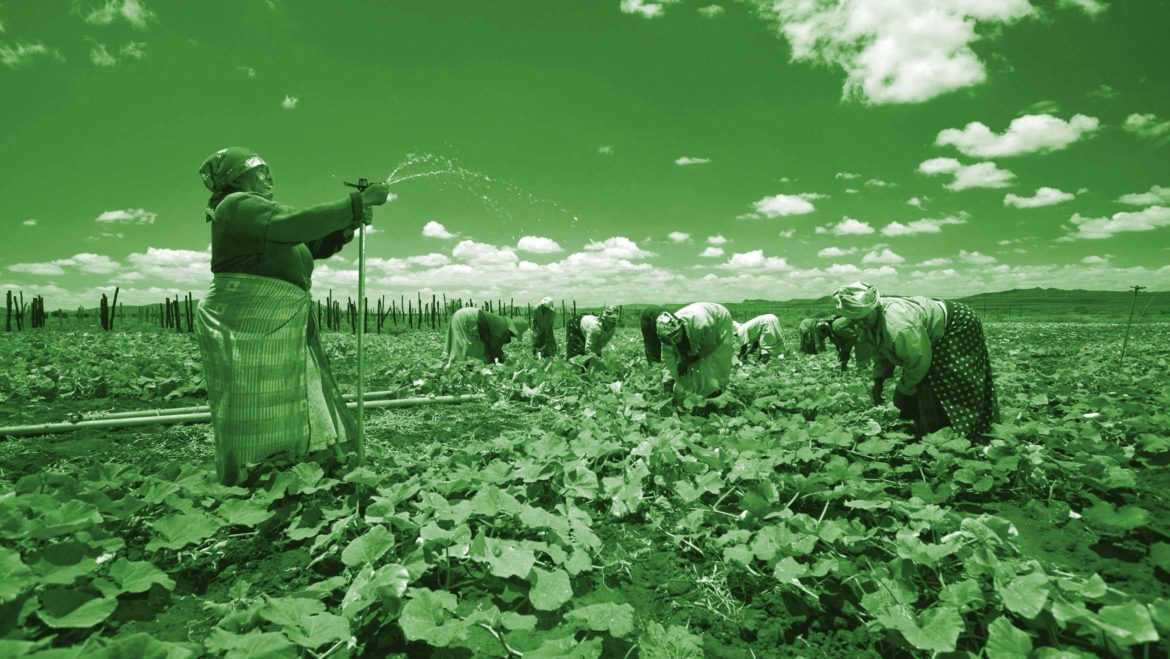
Tool 13 – Competencies Assessment
When forming a community development team, this tool helps to measure and record the skills of an individual or group. Teams require a range of knowledge and skills; the assessment of skillsets needs to include more than just formal training. For example, an experienced but under-qualified person can be of greater benefit to a company than an individual who is highly educated but lacks experience.
As a tool, the assessment considers skills, expertise, current skillsets and gaps.
STEP
1
Download the competencies assessment worksheet (p148)
STEP
2
Consider impacts of the project, the baseline conditions of the local communities and areas of community development programs you expect to become involved in, for example mechanical training, women’s micro enterprises, agricultural extension, community health etc.
STEP
3
List the roles best suited to your team then list the full range of skills your team will require to fulfil the roles
STEP
4
Write your list of skills into the central column of your downloaded worksheet
STEP
5
Estimate levels of desired expertise for the skills and record them in the left-hand column
STEP
6
Assess personal/team skills and knowledge, recording them in the right-hand column
STEP
7
Compare results of the left-and-right-hand columns making notes of discrepancies. You may need to hire an extra member for your team or train a member in extra skills
STEP
8
Collate gaps and assess future actions, ensuring necessary support for your program is available
STEP
9
Create a training needs list and a human resources request list to be presented to the relevant administration people in your company. Also, list the types of organisations you may need to be linked with and the range of consultants you will need to hire
Further Reading:
Sources:
DFID, Tools for Development: A Handbook for Those Engaged in Development Activity, 2003.
Zandvliet, L. and Anderson, M. B., Getting it Right: Making Corporate-Community Relations Work, Greenleaf Publishing, Sheffield, 2009, Chapter 13.
